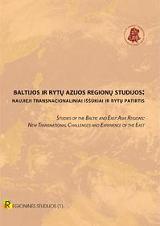National Minorities and Immigrants in the Federal Republic of Germany
National Minorities and Immigrants in the Federal Republic of Germany
Author(s): Vigilija GudauskytėSubject(s): Essay|Book Review |Scientific Life
Published by: Vytauto Didžiojo Universitetas
Keywords: immigration; minorities; Germany; imigracija; mažumos; Vokietija
Summary/Abstract: In the last 20 years, after ethnic Germans came back to this country and other refugees started flowing to it, the debates about immigration became especially important among politicians. After World War II, people left their home countries and searched refuge in other countries. Germany was one of those countries where refugees sought asylum. Germany received such people because its industry needed labourers. The question of the integration of immigrants became the priority of the state. We can single out five phases of immigration into Germany: (1) Post- War Immigration in 1945 – 1954, (2) Guest Workers’ Immigration in 1955 – 1973, (3) Family Reunification in 1974 – 1982, (4) Asylum and Refugee Immigration in 1983 – 1993, and (5) Immigration caused by the development of the European Union and Inflows of Ethnic Germans since 1988 until nowadays.
Journal: Regioninės studijos
- Issue Year: 2006
- Issue No: 1
- Page Range: 21-34
- Page Count: 14
- Language: English

